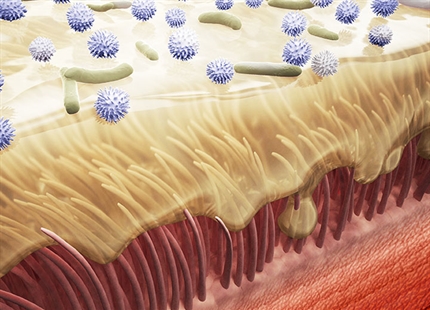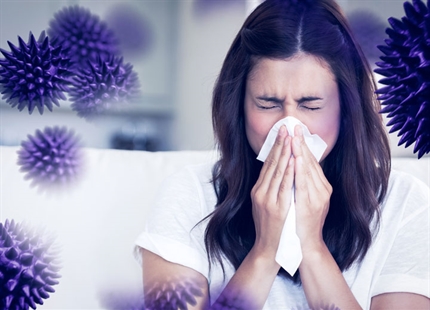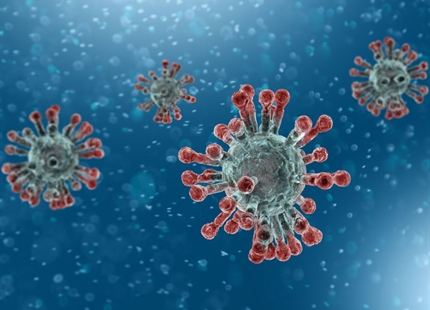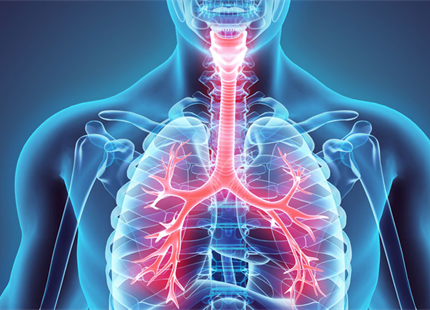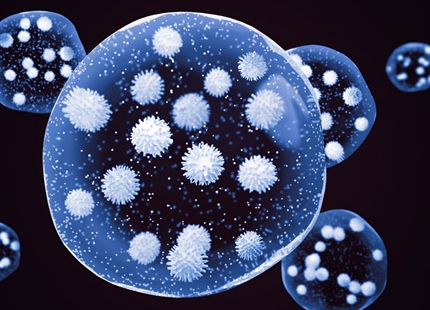Published: Feb 2010 | PLoS Biol 8(2): e1000316. doi:10.1371/journal.pbio.1000316
Absolute humidity and the seasonal onset of influenza in the continental United States
Shaman J et al.
Abstract
Influenza A incidence peak during winter in temperate regions. The cause of seasonality in influenza transmission is of interest for public health and basic science but not well understood.
Studies indicate that relative humidity (RH) affects both influenza virus transmission (IVT) and influenza virus survival (IVS). The authors reanalyzed this data to explore the relationship between outdoor absolute humidity (AH) and IVT and IVS. They note that absolute humidity (AH) affects both transmission efficiency and IVS more significantly than RH.
“In temperate regions, both outdoor and indoor AH possess a strong seasonal cycle that minimizes in winter. This seasonal cycle is consistent with a wintertime increase in IVS and IVT and may explain the seasonality of influenza”.
By considering the daily negative deviation of AH from the multiyear daily average in US States, the authors modeled the excess “Pneumonia and Influenza” rate (P&I) by using a classical SIRS model (Susceptible - Infected - Resistant - Re-Susceptible). Negative deviations could typically be observed in the 4 weeks prior to the onset of influenza epidemics. The simulation of yearly curves for mean daily excess of P&I mortality fitted well with the observed statistical data.
Authors suggest that with negative deviation data of outdoor AH, short-term probabilistic forecasts of epidemic influenza could be developed.
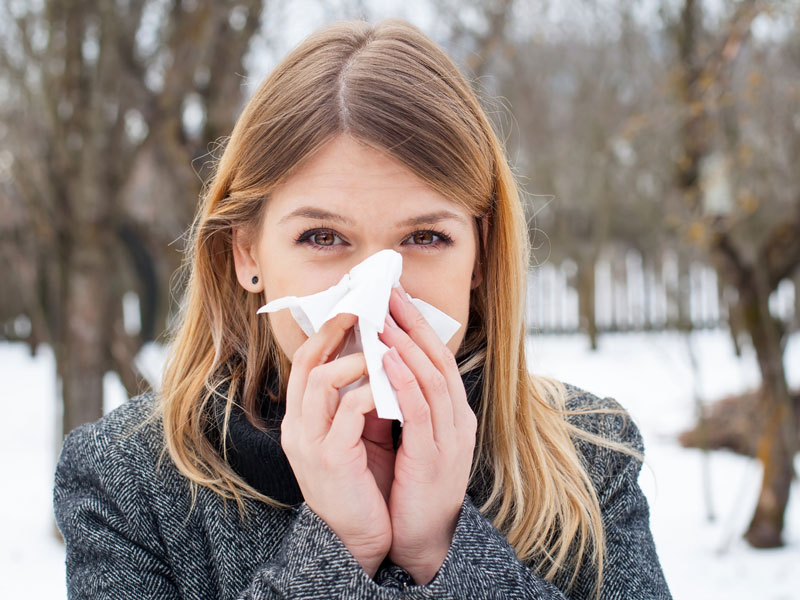
L'air sec et notre système immunitaire respiratoire
Une faible humidité assèche nos muqueuses et inhibe la défense naturelle de notre corps contre les microbes, virus et bactéries en suspension dans l'...
Read moreFaible humidité de l'air et ses effets sur les infections aéroportées
Une faible humidité de l'air favorise la propagation des virus et des bactéries dans l'air et leur diffusion dans un bâtiment entier, menaçant ainsi...
Read moreLa peau et l'air sec
Une humidité trop faible dessèche la couche externe de notre peau, ce qui provoque des démangeaisons, des gerçures et des problèmes dermatologiques.
Read moreL'air sec et nos yeux
Une trop faible humidité assèche le film lacrymal précornéen de nos yeux, ce qui nous rend sujet aux irritations oculaires et rend le port des lentil...
Read more